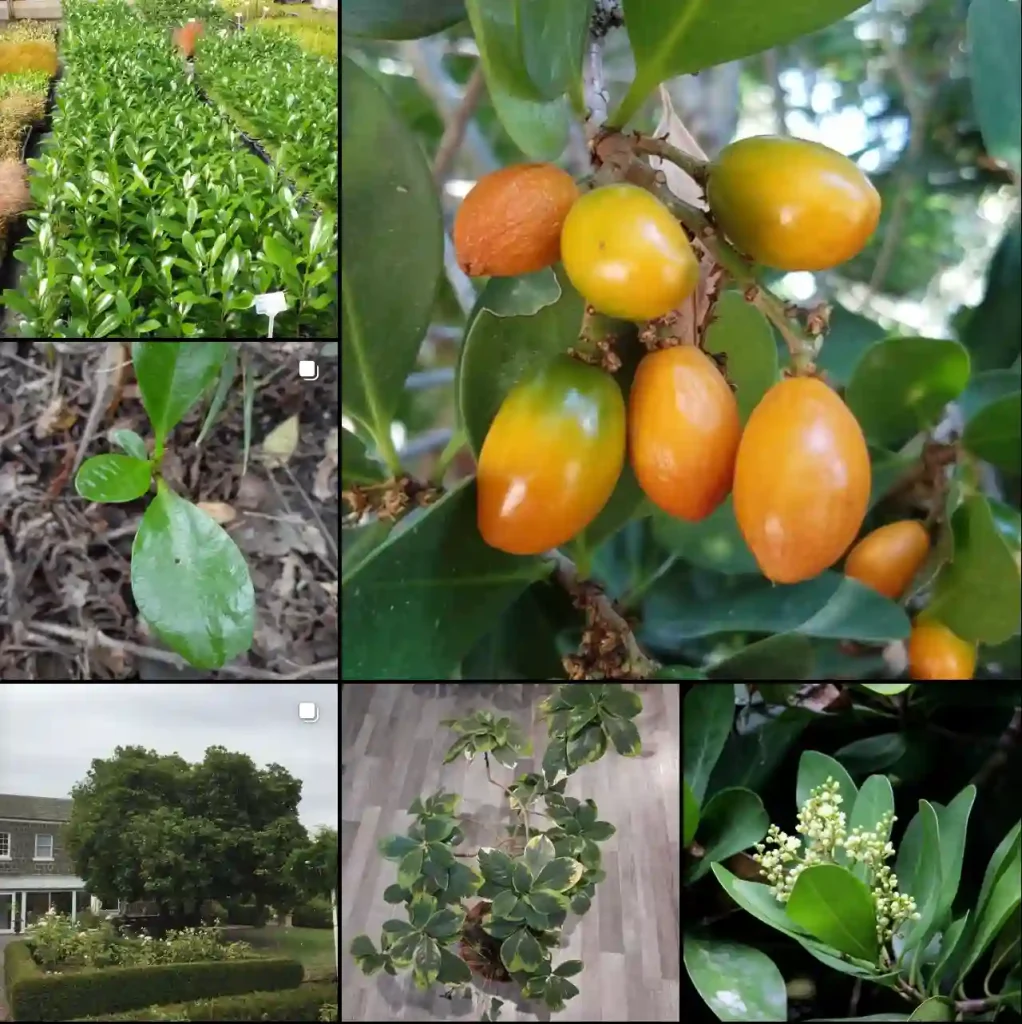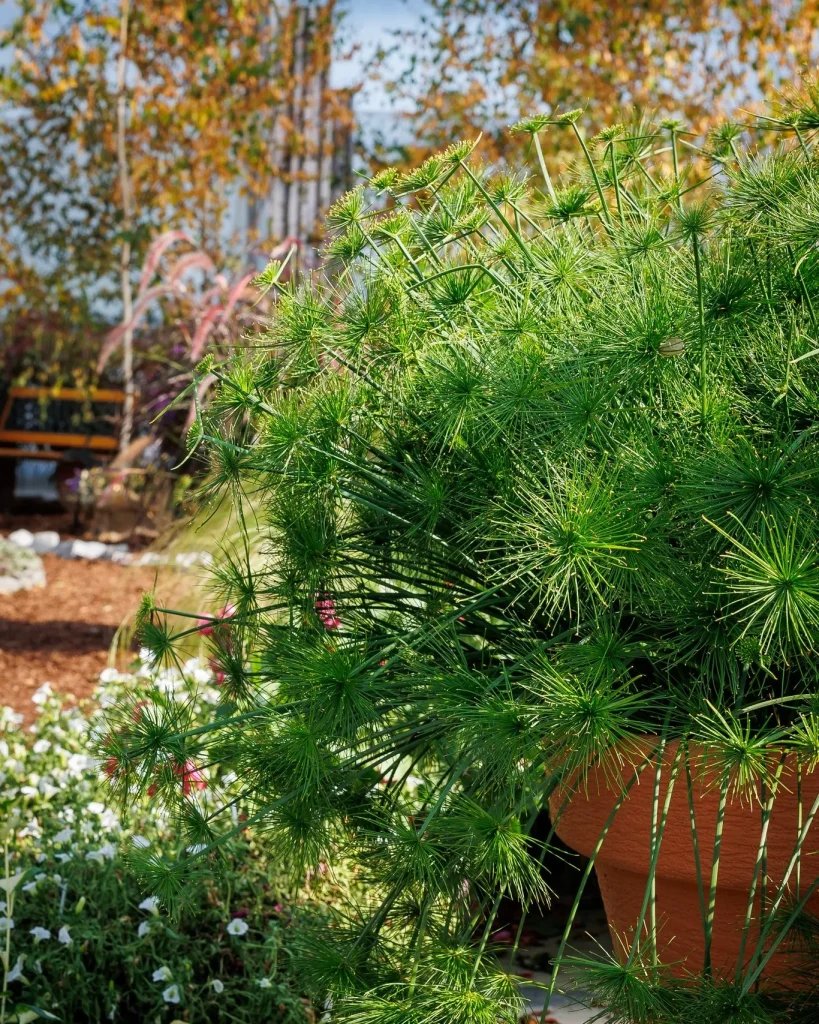Hoya Endauensis: A Rare Beauty for Patient Plant Parents
Hi, Ferb Vu here. Today, we’re diving into the world of the Hoya Endauensis, a stunning succulent vine native to the shady riverbanks of the Ulu Endau River in Johor, Malaysia. This rare gem is an epiphyte, meaning it grows on other plants in the wild. Let’s unravel the mysteries of this captivating climber.
566 Species in Genus Hoya
Light: Not Too Bright, Not Too Dim
Hoyas, in general, are known for their love of indirect light. The Hoya Endauensis is no exception. Think dappled sunlight filtering through leaves – that’s the sweet spot. Harsh, direct sun can scorch the delicate foliage. Conversely, too little light can lead to leggy growth with sparse leaves.
Tip: Rotate your Hoya Endauensis periodically to ensure even growth on all sides.
Water: When in Doubt, Leave it Out
The key to watering your Hoya Endauensis is to mimic its natural epiphytic lifestyle. These plants store water in their fleshy leaves, so they’re surprisingly drought-tolerant. Here’s the mantra: underwater rather than overwater.
Signs of Thirst: Wilting leaves are a clear signal your Hoya needs a drink. But even then, err on the side of caution. Let the soil dry completely between waterings.
Signs of Overwatering: Mushy or yellowing leaves indicate root rot, a consequence of overly wet soil. If this happens, act fast. Repot your Hoya in fresh, well-draining potting mix.
Bonus Tip: Opt for a pot with drainage holes to prevent waterlogging.
Humidity: The Higher, the Merrier
While Hoyas can tolerate average household humidity, they truly thrive in a more tropical environment. Here are ways to boost the humidity around your plant:
- Pebble Tray: Place your Hoya pot on a tray filled with pebbles and water. As the water evaporates, it increases humidity around the plant.
- Grouping Plants: Cluster your Hoya with other humidity-loving plants. The collective transpiration (release of water vapor) creates a more humid microclimate.
- Humidifier: For a more controlled approach, invest in a humidifier to maintain consistent humidity levels.
Soil: All About Drainage
The ideal soil for your Hoya Endauensis should be airy and well-draining. Here are some options:
- Orchid Mix: This bark-based mix provides excellent drainage and aeration.
- Succulent/Cactus Mix: These mixes are formulated for plants with similar watering needs.
- DIY Mix: Create your own blend by combining potting mix, perlite, and orchid bark for optimal drainage and airflow.
Remember: Avoid using soil that retains too much moisture.
Fertilizer: A Feast, Not a Famine
Hoyas are not heavy feeders. During the active growing season (spring and summer), a monthly dose of diluted, balanced houseplant fertilizer is sufficient. In the fall and winter, feeding can be reduced or stopped altogether.
Less is More: Overfertilizing can damage the roots and hinder growth.
Common Issues and How to Tame Them
Mealybugs: These tiny, white, sap-sucking insects can cluster on the leaves and stems. Treat them with insecticidal soap or neem oil spray.
Scale: These armored insects appear as bumps on the leaves and stems. Scrape them off manually or use insecticidal soap.
Fungal Gnats: These tiny flying insects are more of a nuisance than a serious threat. You can manage them with sticky traps or by treating the soil with Bacillus thuringiensis (Bt).
Propagation: Sharing the Hoya Love
Hoyas can be propagated through stem cuttings. Here’s a simplified approach:
- Select a healthy stem with a few nodes (leaf points).
- Make a clean cut below a node.
- Dip the cut end in rooting hormone (optional but helpful).
- Plant the cutting in a pot with moist, well-draining potting mix.
- Maintain consistent moisture and indirect light.
Patience is Key: Rooting can take several weeks, so don’t despair if you don’t see results overnight.
Hoya Endauensis vs. Hoya Carnosa: Close Cousins, Different Personalities
Both the Hoya Endauensis and the Hoya Carnosa (commonly known as the Wax Plant) are beautiful Hoyas with some key differences:
- Leaves: Hoya Endauensis has light to olive green, obovate leaves with wavy edges. Hoya Carnosa leaves are generally plumper and more oval-shaped.
- Flowers: Hoya Endauensis boasts fuzzy, orange corolla lobes with a red and yellow corona. Hoya Carnosa flowers are typically star-shaped and come in a wider range of colors, including pink, red, and white.
- Growth Habit: Hoya Endauensis tends to be a more delicate climber with thinner vines. Hoya Carnosa can be a more vigorous grower with thicker vines.
- Rarity: Hoya Endauensis is a rarer and more sought-after variety compared to the readily available Hoya Carnosa.
In a Nutshell:
- If you’re a seasoned plant parent looking for a challenge and a unique addition to your collection, the Hoya Endauensis might be your perfect match.
- If you’re a beginner or prefer a more low-maintenance Hoya, the Hoya Carnosa is an excellent choice.
Conclusion: The Allure of the Hoya Endauensis
The Hoya Endauensis is a captivating plant with its delicate beauty and captivating blooms. While it demands slightly more attention than some Hoyas, the reward is a truly unique and conversation-starting addition to your indoor jungle. With a little patience and the right care, you can cultivate a thriving Hoya Endauensis for years to come.
If i die, water my plants!



